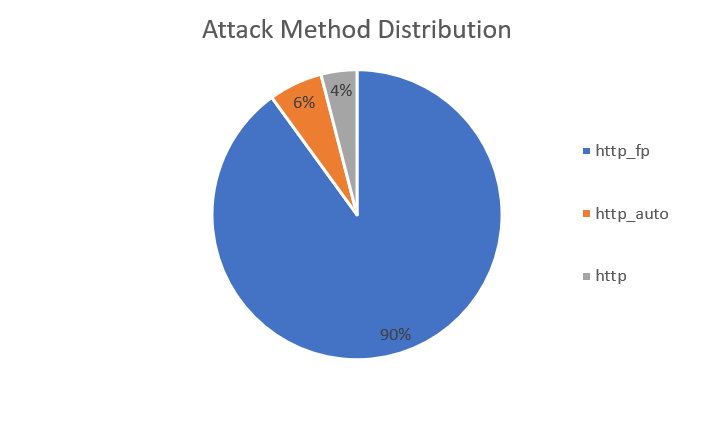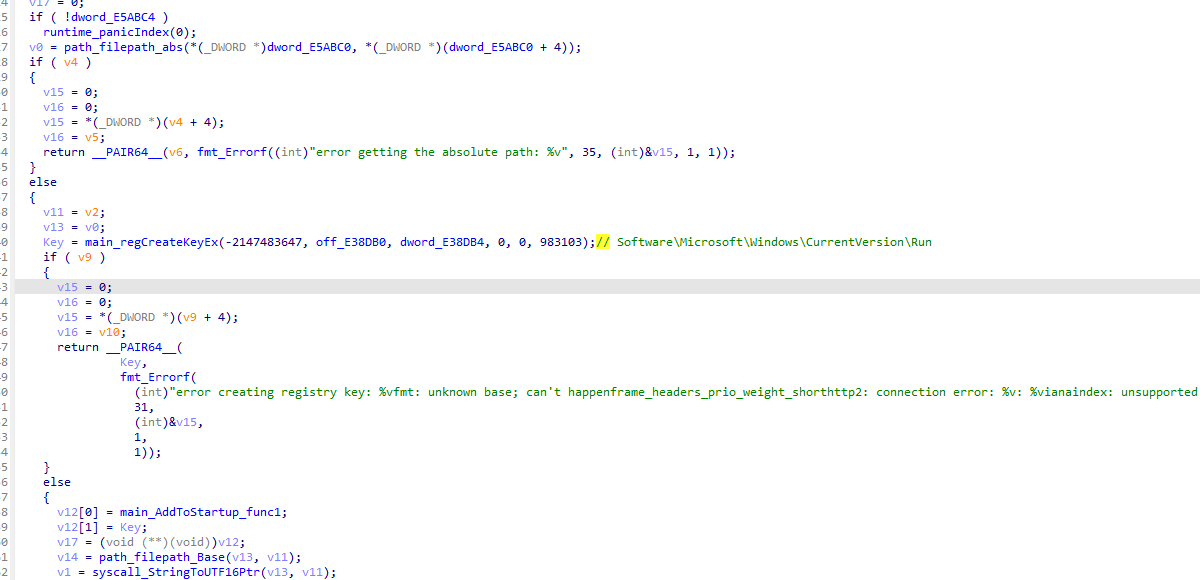The HTTPBot Botnet, a novel Trojan developed in the Go programming language, has seen a sharp rise in activity since its first detection in August 2024.
According to the latest findings from NSFOCUS Fuying Lab’s Global Threat Hunting system, HTTPBot has rapidly expanded its reach, particularly in April 2025, with over 200 attack instructions issued.
Unlike traditional Botnets that often target Linux or IoT platforms, HTTPBot uniquely focuses on Windows machines, marking a significant shift in the threat landscape.
This Botnet’s aggressive growth and highly targeted approach have positioned it as a formidable adversary, primarily striking the domestic gaming industry while also impacting technology firms, educational institutions, and even tourist attractions.
A Sophisticated Threat Emerges in Cybersecurity
HTTPBot stands out due to its innovative HTTP-based Distributed Denial of Service (DDoS) attack methods, earning its name from the lab.

It deploys seven distinct HTTP attack techniques, including HTTP_FP, HTTP_Auto, and others, designed for “scalpel-like” precision.
These attacks target high-value business interfaces such as game login and payment systems, moving beyond mere bandwidth consumption to what experts call “high-precision business strangulation.”
By leveraging advanced obfuscation tactics like randomized User-Agent strings, dynamic URL paths, and cookie replenishment mechanisms, HTTPBot mimics legitimate user behavior to bypass conventional rule-based detection systems.
Its ability to dynamically adjust attack rates and employ real browser invocation-via a custom Chrome process path-further enhances its stealth, making traditional anti-DDoS measures less effective.
Precision Attacks Redefine DDoS Strategies
The technical sophistication of HTTPBot is evident in its multi-stage attack strategies and use of an “attack ID” for precise control over initiating and terminating attacks.
Features like automatic cookie handling, status code retry mechanisms, and support for HTTP/2 multiplexing allow it to maximize resource consumption on target servers.
For instance, the HttpFpDlAttack method forces servers to transmit complete response data, even for large files, significantly straining bandwidth and CPU resources.
Additionally, HTTPBot’s WebSocketAttack and PostAttack methods demonstrate dynamic protocol switching and deep header obfuscation, further complicating defense efforts.
The Botnet’s focus on Windows, combined with self-starting capabilities via registry modifications and hidden GUI operations, underscores its intent to remain undetected while executing sustained saturation attacks.

This paradigm shift from indiscriminate traffic flooding to targeted transactional disruptions demands an evolution in defense strategies.
According to the Report, NSFOCUS Fuying Lab highlights that static defenses based on fixed features or simple redirection mechanisms are increasingly ineffective against HTTPBot’s tactics.
Instead, a dynamic approach integrating behavioral analysis and resource elasticity is crucial to counter its low-traffic, high-impact attacks.
As HTTPBot continues to evolve, affecting over 80 independent targets in recent months, cybersecurity professionals must prioritize adaptive solutions to mitigate this growing systemic threat to industries reliant on real-time interaction.
The rise of HTTPBot signals a critical need for enhanced monitoring and innovative protective measures to safeguard critical digital infrastructures from such advanced adversarial technologies.
Find this News Interesting! Follow us on Google News, LinkedIn, & X to Get Instant Updates!
